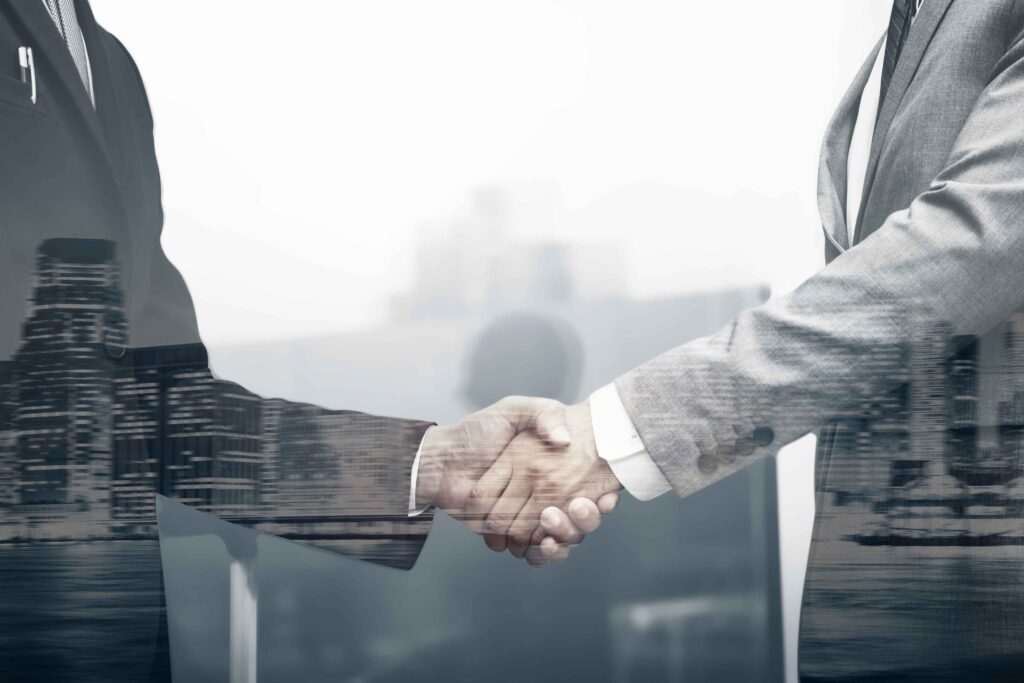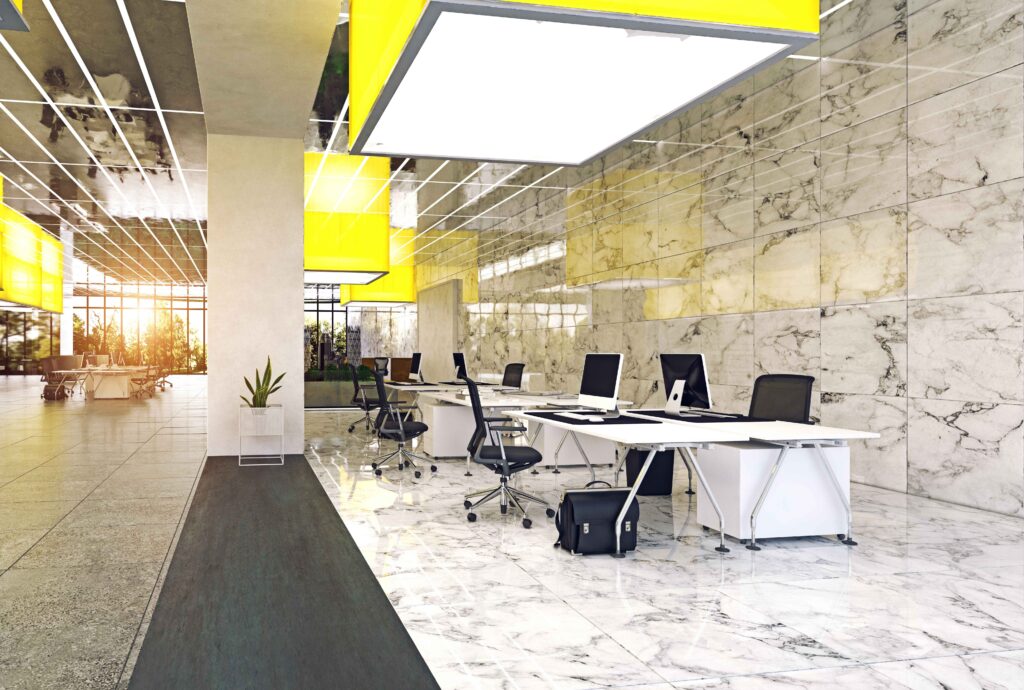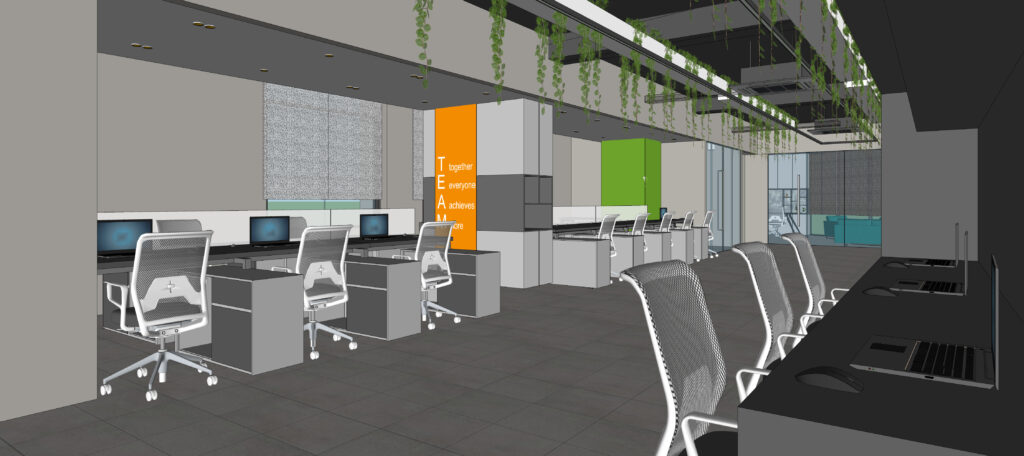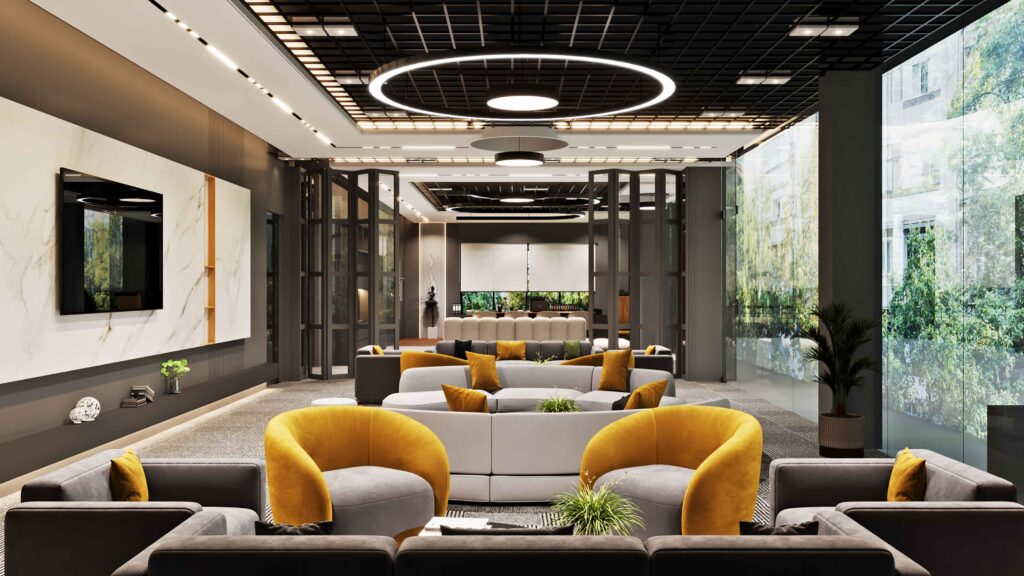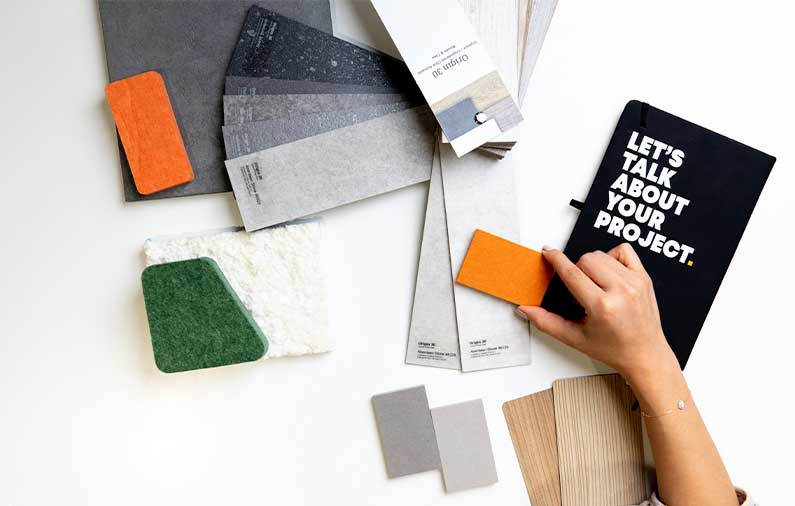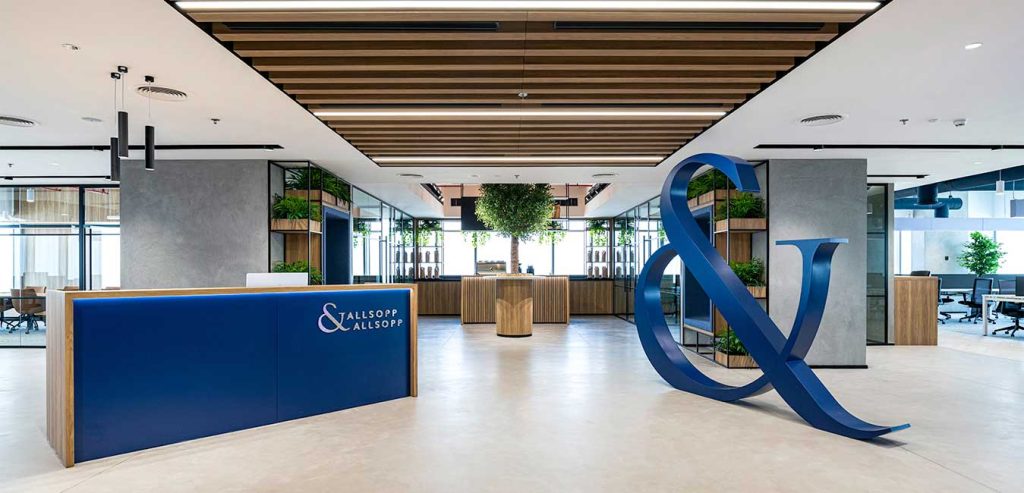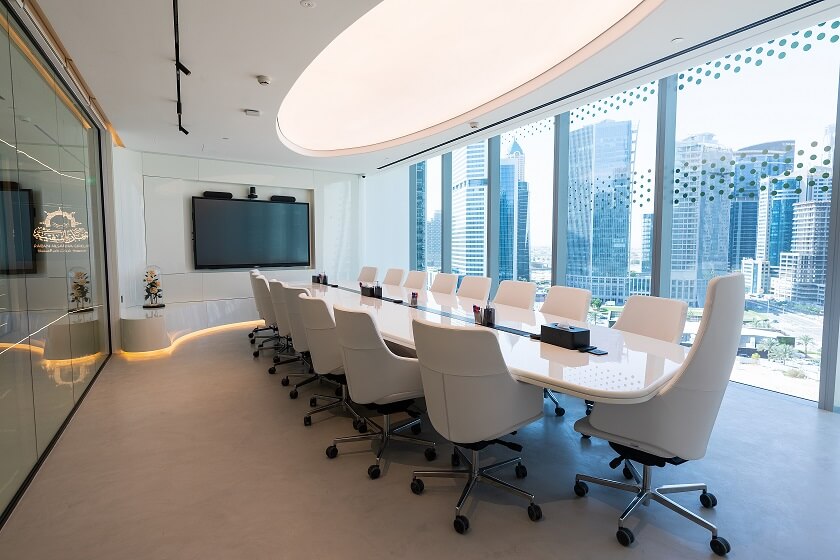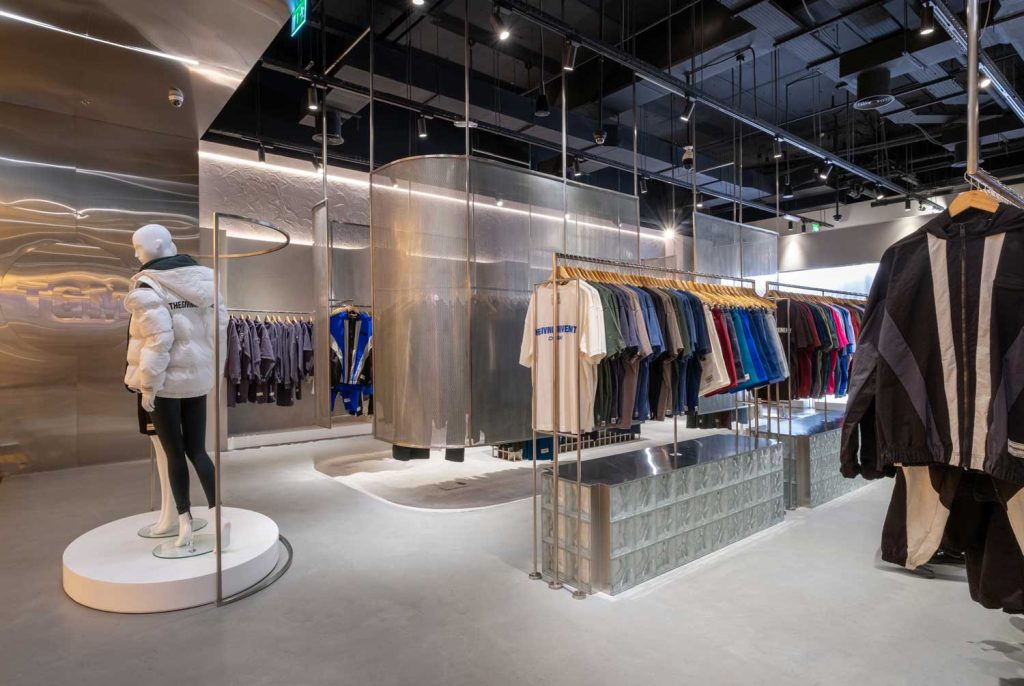Designing for the disrupted workplace: What’s next?
The workplace has changed more in the past few years than in the previous few decades. Remote work, digital collaboration, and shifting employee expectations have redefined what an office should be. The result is a disrupted workplace that no longer follows traditional rules but instead evolves around people and performance.
In the UAE, this shift is especially visible. As businesses grow and adapt, office design is becoming a key factor in productivity, culture, and talent retention. The question now is not whether the workplace has changed but how design can keep up.
From fixed spaces to flexible environments
Workplaces today must adapt quickly. Teams expand, contract, or shift between in-person and remote setups, often within the same month. Static layouts no longer work. Instead, designers are creating flexible environments with modular furniture, multi-use zones, and moveable partitions.
This adaptability allows companies to reconfigure spaces as needed, supporting both collaboration and focus work. It also makes better use of space, a growing priority in cities like Dubai where commercial real estate is premium.
The rise of hybrid work and its impact on design
Hybrid work has changed the purpose of the office. It is no longer just a place to complete tasks. It is a hub for connection, culture, and creativity.
Interior design now focuses on creating experiences that cannot be replicated remotely. Spaces are designed to encourage interaction with welcoming breakout areas, tech-enabled meeting rooms, and layouts that promote spontaneous collaboration. The modern office feels more like a social hub than a traditional workspace.
Wellness and comfort take centre stage
The disrupted workplace has also brought attention to employee wellbeing. Natural light, biophilic design, ergonomic furniture, and acoustic balance are no longer optional. They are expected.
In Design & Build projects across the UAE, companies are investing in features that support both physical comfort and mental wellbeing. These include quiet zones for focus, greenery to reduce stress, and lighting that adapts throughout the day.
A workplace that feels good works better.
Technology as a design driver
Technology has become deeply integrated into modern office design. From smart sensors and lighting systems to digital booking tools and interactive displays, tech now defines how employees use a space.
A good fit-out ensures these systems are built seamlessly into the environment, invisible but essential. The goal is to make technology intuitive, not intrusive, supporting productivity without overwhelming the design.
The UAE perspective
The UAE continues to lead the way in workplace innovation. Companies here are embracing global trends while tailoring them to local culture and business needs. Design is being used strategically, not just to improve efficiency but to express brand values and attract talent in a competitive market.
At Horton Interiors, we understand that the modern office must evolve with its people. Our Design & Build and Fit-Out services focus on creating adaptive, inspiring workplaces that help businesses thrive in a rapidly changing world.
Looking to reimagine your office for the future of work? Contact Horton Interiors today for design and build solutions that help your workplace stay ahead.




